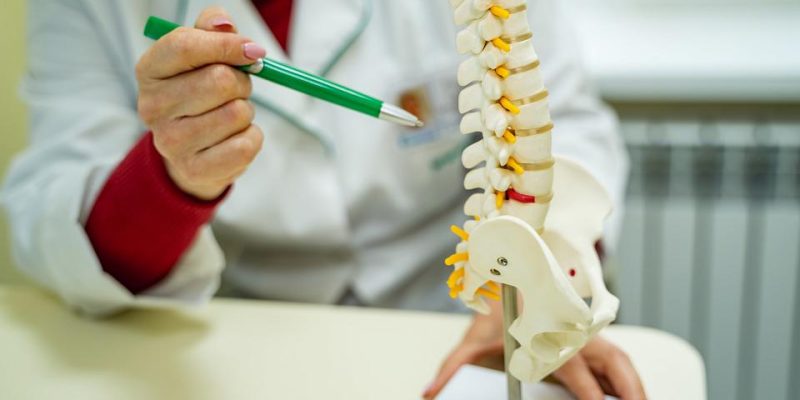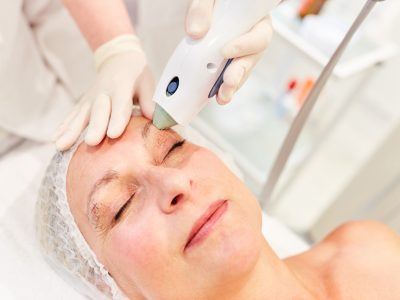Many men face challenges with erectile dysfunction, making it essential to identify appropriate treatment methods. Medical advancements present various options, with shockwave therapy emerging as a modern approach.
Initial medical consultation
A thorough medical evaluation stands as the first step toward determining suitable treatments. Healthcare providers examine medical history, current health status, and ongoing medications. The assessment includes cardiovascular health checks, blood pressure readings, and diabetes screening. These evaluations help doctors create individualized treatment plans.
Physical examination benefits
Complete physical examinations provide vital information about overall health conditions. Medical professionals measure nerve responses, blood circulation patterns, and hormonal balances. Testing procedures might involve blood samples and specialized diagnostic tools to pinpoint underlying health factors.
Age considerations in treatment selection
Different age groups experience varying ED symptoms and causes. Younger men might face stress-related issues, while older individuals deal with health-related factors. The assessment process takes age-specific elements into account when recommending treatments. At specialized centres like Shockwave for ED Gaillardia, medical teams develop age-appropriate protocols.
Lifestyle assessment factors
- Daily routines and habits influence treatment effectiveness
- Exercise patterns and physical activity levels
- Dietary choices and nutritional intake
- Sleep quality and stress management techniques
- Smoking status and alcohol consumption
Medical history importance
Previous surgeries, injuries, or medical conditions affect treatment choices. Doctors review past treatments and their outcomes to make informed decisions. Some medications interact with ED treatments, requiring careful consideration. Healthcare providers examine family medical histories to identify genetic predispositions.
Technology adaptation process
Modern shockwave therapy uses precise equipment calibrated for each patient. Treatment sessions follow structured protocols based on individual needs. Medical teams monitor responses throughout the treatment course. Regular adjustments ensure optimal results for each person.
Patient comfort priorities
Treatment comfort remains essential throughout the process. Medical facilities maintain private, professional environments for consultations. Staff members provide detailed explanations of procedures and expected outcomes. Regular communication channels stay open between patients and healthcare providers.
Health insurance verification
Insurance coverage varies for different ED treatment options. Medical offices assist with insurance verification processes. Some facilities offer payment plans for uncovered treatments. Clear cost discussions happen before treatment begins.
Follow-up appointment scheduling
Regular monitoring helps track treatment progress effectively. Follow-up visits allow for treatment adjustments when needed. Healthcare providers document improvements and address concerns promptly. Progress tracking helps determine treatment effectiveness.
Treatment duration planning
Each person responds differently to shockwave therapy treatments. Some notice improvements after initial sessions, while others need more time. Medical teams establish realistic timelines based on individual factors. Treatment schedules accommodate patient availability and comfort.
Home care guidelines
Healthcare providers give specific instructions for between-session care. These guidelines support treatment effectiveness and maintain progress. Simple lifestyle modifications complement medical treatments. Patients receive clear directions about activities to avoid or embrace.
Partner involvement discussions
Including partners in treatment discussions often proves beneficial. Healthcare providers explain how partners can offer support during treatment. Open communication helps manage expectations effectively. Support systems contribute to positive treatment outcomes.
Progress documentation methods
Medical teams maintain detailed records of treatment responses. Regular assessments track improvements in erectile function. Documentation helps identify optimal treatment approaches. Progress records guide future treatment decisions.
Final treatment recommendations
Healthcare providers compile comprehensive treatment plans. These plans incorporate findings from all evaluations and assessments. Treatment recommendations match individual needs and circumstances. Medical teams explain expected outcomes and maintenance requirements.
Treatment plans undergo regular reviews for effectiveness. Medical teams adjust approaches based on patient responses. Updated recommendations reflect the latest medical guidelines. Continuous monitoring ensures optimal treatment outcomes. Each step builds toward creating effective, personalized treatment plans.












Comments